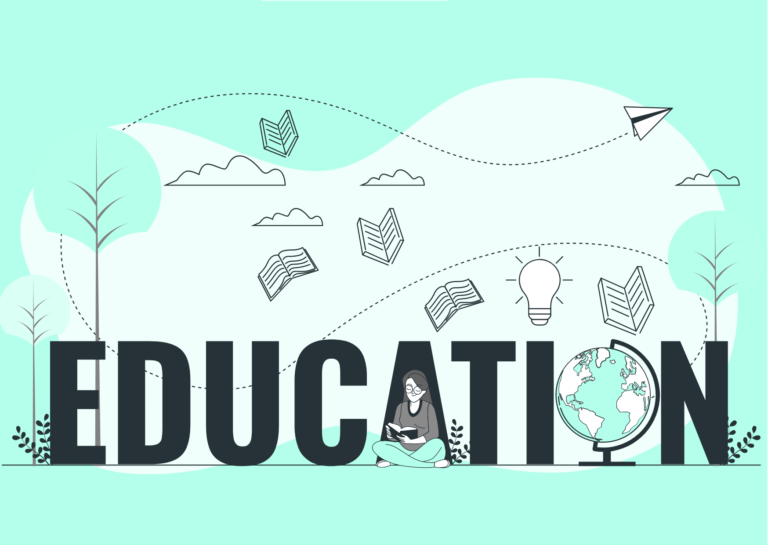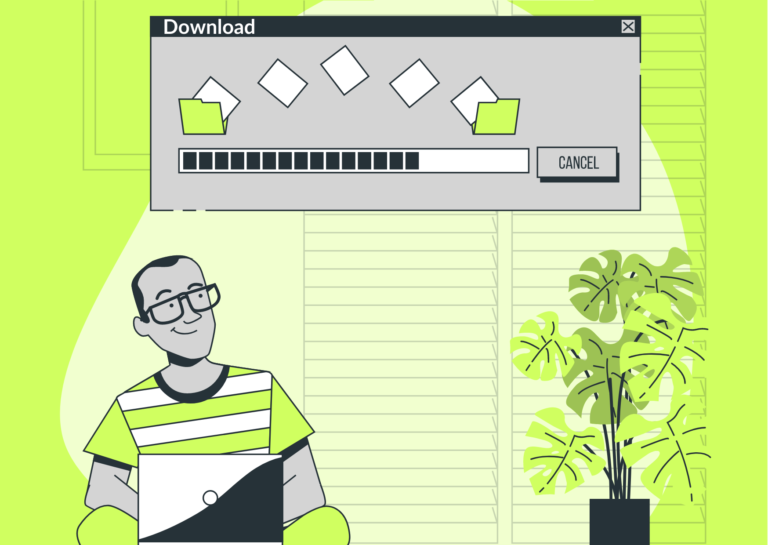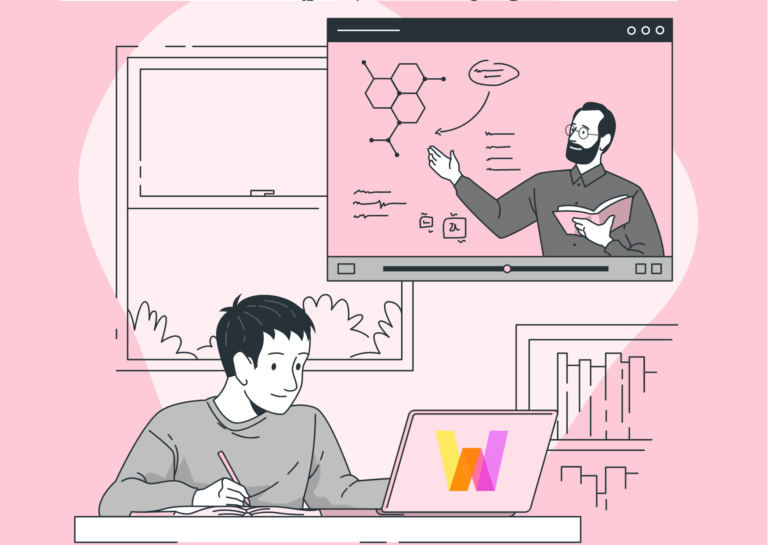
Enhance Your Students’ Research Process with Weava
One of the most important skills that librarians can help students learn in school is how to organize their research and thinking.
By Weava Team • 4 min read

At Weava, we enable students and teachers all over the world to save the need to print out course materials and assignments, subsequently contributing to carbon emissions reduction. While it is tempting to brand ourselves as a green or low-carbon education solution, being paperless alone is not enough for the EdTech industry to reach carbon neutrality, as computing requires energy. Read on as we look into the social and environmental responsibilities the EdTech industry needs to commit to, for it to be the great equalizer of quality education for all.
The latest report by the Intergovernmental Panel on Climate Change (IPCC) issued a stark warning: we need to reach carbon neutrality by 2050 to limit global warming to 1.5oC above pre-industrial levels.
One of the advantages of digital learning is its paperless nature, reducing the carbon emissions from the manufacture of paper and printing learning materials and assignments. In 2021 alone, Weava’s K12 and university student users uploaded more than 152,000 PDFs onto our dashboard. And we continue to see surges in uploads at the beginning of each school semester, when students are likely uploading long-form readings and textbooks for their studies. This is a significant amount of carbon emissions reductions, if every sheet of paper has a carbon footprint of 5-6g.
It is tempting to brand ourselves (or other EdTech tools) as a solution that is greener or lower in carbon emissions than traditional, paper-based education. However, until EdTech companies and the industry as a whole start measuring and disclosing our carbon footprint, there won’t be a baseline for judicious comparisons to be made. And we can’t talk about the carbon emission from deforestation and energy consumption in the process of making paper and books, without taking into account the carbon emissions from resource extraction for the manufacture of digital devices, as well as the energy used to build and power digital devices and infrastructure that make EdTech possible.
Companies, regardless of their size, can no longer afford to externalize the social and environmental costs of their operations at a time when earnest carbon reduction actions are needed more than ever. Admittedly, measuring the carbon footprint of EdTech is complicated, as the carbon emissions from softwares and cloud computing aren’t so clear-cut. But that shouldn’t stop entrepreneurs and innovators from researching and developing technology-enabled solutions, to help EdTech companies and education institutions measure their carbon footprint and identify carbon reduction goals and actions. In its recent forecast, the International Data Corporation estimates that cloud computing could potentially contribute to the elimination of 1.6 billion metric tons of carbon emissions from 2021 to 2025, through aggregating data centres, powering them with renewable energy resources, reducing waste energy, and shifting workloads to better harness the use of renewable energy resources.
So, can EdTech be the great equalizer of quality education for all? We believe it can, but there is rigorous work to do. For starters, governments and education institutions need to ensure learners of all ages have equitable access to digital learning tools; teachers are equipped with necessary knowledge and support to best utilize digital learning platforms for effective learning; and parents are informed on how to play a complementary role in their children’s learning process.
Additionally, governments, EdTech companies, educators, and users of digital learning tools need to come together to design a data governance framework and set up oversight procedures to ensure that as companies collect and analyze user data to personalize learning and develop products, they also comply with guidelines and regulations on data collection, use, and protection.
As a young EdTech start-up, Weava is on a mission to enhance personal and collective learning by helping our users tackle information overflow. Like many in the EdTech space, we are learning every day how to disrupt the status quo to pave the way for more efficient, inclusive, and equitable learning and teaching experiences. We also acknowledge both our own potential and the limitations to contribute to sustainability overall, including our environmental impact and the resiliency of our data governance – we are open to seeking support and expertise to further vet our social impact. Find out how you can support us here.

One of the most important skills that librarians can help students learn in school is how to organize their research and thinking.

As the EdTech industry grows, we all need to enhance our digital literacy. Weava is an EdTech tool you can use to start your digital learning!

With Weava you can download PDFs that you have highlighted and annotated. Here’s how!

Looking for any online teaching tools to engage your students in the upcoming semester? Read our top 7 suggested tools!